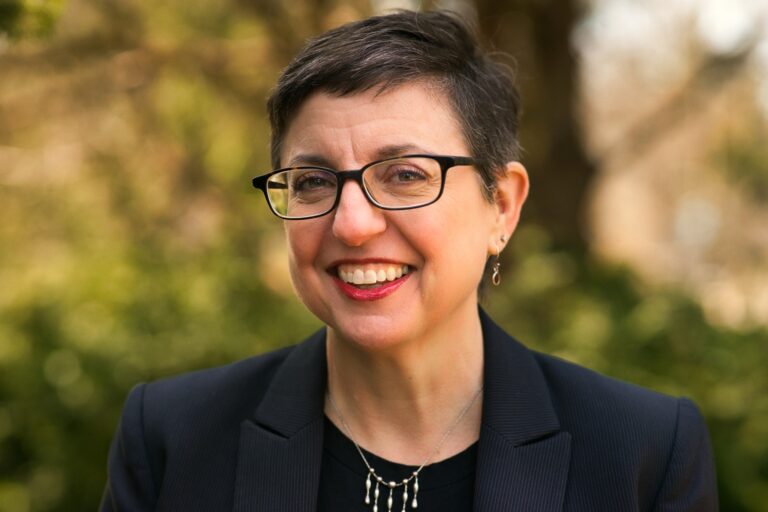As one of the first faculty members hired at Michigan State University for its Experience Architecture (XA) program, Assistant Professor Zachary Kaiser uses his experience in the industry to create, rewrite, and teach XA courses and other classes within the Department of Art, Art History, and Design.
Kaiser was brought to MSU when the XA program first began in 2013 because of his background in the industry.
He has worked as a graphic designer and, along with his friends from graduate school, started a design studio in Boston for which he created designs, wrote copy, did front-end development, and much more.
“Running a design studio was an education unto itself,” he said. “We worked with a lot of tech companies and it helped me see and understand the relationships between experience design and graphic design.”
Like Kaiser’s work, MSU’s XA program combines the humanities with design, coding, writing, and digital rhetoric.
“In education today, we tend to have really segmented focuses,” Kaiser said. “If you don’t understand how or why somebody is doing their job, then you can’t empathize with them and possibly help them with a project if they need it.”
It is interesting to see how the relationships between technology, design, and social values all connect. That is the nexus of where XA comes together.
Students in the XA program are trained to be empathetic communicators who can bridge gaps in the industry.
“I hope that the XA program begins to influence industry in a way that allows itself to be more reflective on what it’s doing,” Kaiser said. “Instead of just blowing through a project without considering some of the downstream effects, maybe we can be a little bit more careful about the process.”
As the XA program continues to grow, Kaiser has rewritten and rethought the curriculum of multiple courses. The first course he rewrote was STA 303, originally called Design Thinking and now named Experimental Design Practices.
“Throughout the years, the course has become a really exciting way for students to think about the kinds of approaches to design and really open up the spaces that they think they can work in and the things that they can do,” Kaiser said.

The course is split into three projects. The first one focuses on accessible and universal design. The second project is based on the work of artist Krzysztof Wodiczko, who pioneered interrogative design, which is about revealing societal problems in a way that allows the public to engage with them through artifacts.
The final project is what Kaiser calls a speculative design project.
“The idea behind it is to look at how technologies that might exist in the future reflect the values of the society that they exist in,” he said. “The project is about designing something from the future, but at the same time, students are designing the future that that system belongs in so we can understand how that technology would work in that life. It is interesting to see how the relationships between technology, design, and social values all connect. That is the nexus of where XA comes together.”
In 2017, Kaiser and the Graphic Design faculty changed the name of STA 468 from Interactive Web Design to Interaction Design. Kaiser also added a new project to that course, which is open to Studio Art, XA, and Graphic Design students. The project he added was inspired by his experience in the industry and includes two parts: a research paper and the development of an interactive solution to a societal issue that the student chooses. The research paper helps give them ideas for the interaction they create for the second step. The solution could be anything from a mobile app to a dinner party, as long as it works for the issue they are covering.
I plan on creating a conversation on how students can move forward in a way that is respectful of all of the things they learned in college while also creating the kind of society that they want to live in.
“One of the things I found working with clients was that a lot of them didn’t have a thing they wanted us to make,” Kaiser said. “They would come to us with an idea they wanted us to communicate or an experience they wanted somebody to have, but the form wasn’t determined, we had to find out how to do that.”
Starting in the spring of 2019, Kaiser will teach the capstone course for the XA program, AL 466. The course, which used to be completely online, will now be a hybrid course where students will meet with Kaiser once a week.
“It’s easy to leave college and forget much of what you learned in order to make room for new experiences,” Kaiser said. “I plan on creating a conversation on how students can move forward in a way that is respectful of all of the things they learned in college while also creating the kind of society that they want to live in.”
